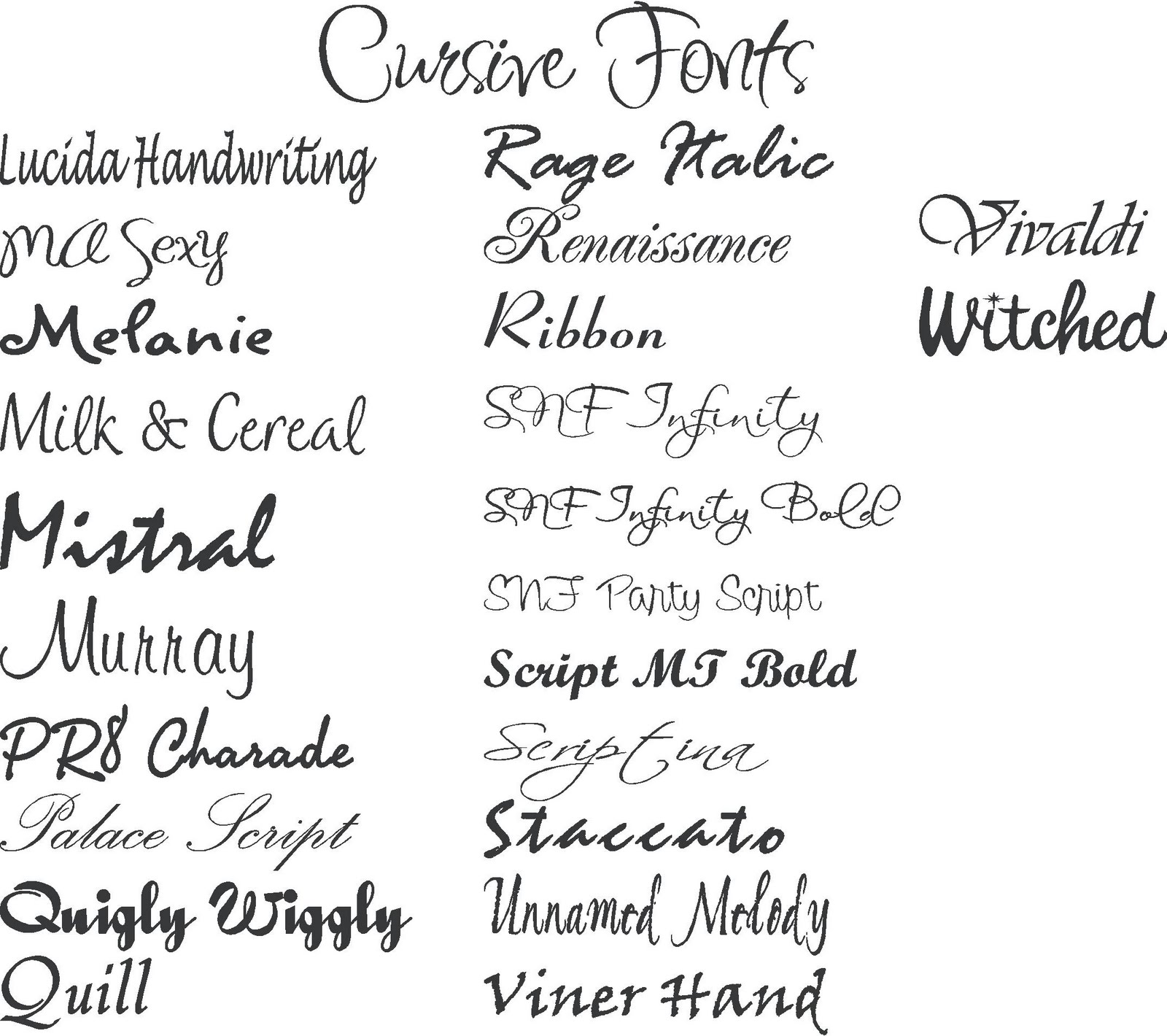Unlocking Typography: Your Guide to HTML Font Families
Ever wondered how websites achieve such diverse and captivating text styles? The secret lies within the power of HTML font families. They are the backbone of web typography, allowing developers to shape the visual identity of their online creations. Choosing the right font family can significantly impact readability, user experience, and overall brand perception.
Think of HTML font families as curated collections of typefaces that share common design characteristics. These families, specified within your HTML code, dictate the look and feel of your text. From the classic elegance of serif fonts to the modern simplicity of sans-serif, the possibilities are vast. Mastering the art of selecting and implementing HTML font families is essential for any web developer seeking to create visually appealing and engaging online experiences.
The concept of font families in HTML dates back to the early days of the web. As the internet evolved, so did the need for greater control over text presentation. Initially, web designers were limited to a small set of system fonts. However, with the introduction of CSS and the `font-family` property, a new era of typographic freedom began. This evolution enabled web developers to specify preferred fonts and fallback options, ensuring a consistent visual experience across different devices and browsers.
The importance of carefully selecting HTML font families cannot be overstated. Typography plays a crucial role in communicating your brand's message and establishing a visual hierarchy. The right font can evoke specific emotions, enhance readability, and improve the overall user experience. Conversely, a poorly chosen font can detract from your content and make your website appear unprofessional.
One of the main challenges related to HTML font families is ensuring cross-browser compatibility. Not all fonts are available on every operating system. To address this, web developers often specify a list of preferred fonts, followed by generic font families (like serif, sans-serif, monospace) as fallbacks. This ensures that the text displays correctly even if the preferred font is not available on the user's device.
The `font-family` property in CSS allows you to specify a list of font families, separated by commas. For example: `font-family: Arial, Helvetica, sans-serif;`. The browser will attempt to use the first font in the list. If it's not available, it will move on to the next, and so on. The final `sans-serif` acts as a generic fallback, ensuring that the text will display in a sans-serif font even if none of the specified fonts are available.
Benefits of using appropriate HTML Font Families:
1. Enhanced Readability: Choosing fonts that are easy to read improves user experience and reduces eye strain. Example: Using a clear sans-serif font like Arial for body text.
2. Branding Consistency: Consistent use of specific fonts reinforces brand identity and creates a cohesive visual experience. Example: Using a unique font for headlines that reflects the brand's personality.
3. Improved Aesthetics: Well-chosen fonts contribute to the overall visual appeal of a website, making it more engaging and professional. Example: Pairing a serif font for headings with a sans-serif font for body text.
Advantages and Disadvantages of Web Fonts
| Advantages | Disadvantages |
|---|---|
| Wider font selection | Potential performance impact (loading time) |
| Enhanced branding | Licensing restrictions for some fonts |
| Improved cross-platform consistency | Complexity in implementation (compared to system fonts) |
Best Practices:
1. Limit the number of fonts: Using too many different fonts can create a cluttered and unprofessional look.
2. Prioritize readability: Choose fonts that are easy to read, especially for body text.
3. Use web-safe fonts or provide fallbacks: Ensure your text displays correctly across different browsers and devices.
4. Consider font pairing: Choose fonts that complement each other for headings and body text.
5. Test your font choices: Preview your website on different devices and browsers to ensure the fonts render correctly.
Frequently Asked Questions:
1. What is an HTML font family? - A group of fonts with similar design characteristics.
2. How do I specify a font family in HTML? - Using the `font-family` property in CSS.
3. What are web-safe fonts? - Fonts commonly available on most operating systems.
4. How do I use custom fonts? - By embedding them using @font-face in CSS.
5. What is a font stack? - A list of font families provided as fallbacks.
6. How do I choose the right font for my website? - Consider your brand, target audience, and content.
7. How can I optimize font loading performance? - Use font subsets and preloading techniques.
8. What are some popular font families for web design? - Arial, Helvetica, Times New Roman, Georgia, Verdana.
In conclusion, understanding and utilizing HTML font families effectively is crucial for creating visually appealing and user-friendly websites. By carefully selecting fonts, considering readability, and implementing best practices, you can elevate your website's design and enhance the overall user experience. Font families offer a powerful tool for expressing your brand's personality and ensuring your message resonates with your target audience. Take the time to explore the diverse world of typography and unlock the potential of HTML font families to transform your web pages.
The unexpected brilliance of terminator the sarah connor chronicles
Discovering the timeless appeal of palmer green
Mcneil funeral home obits














